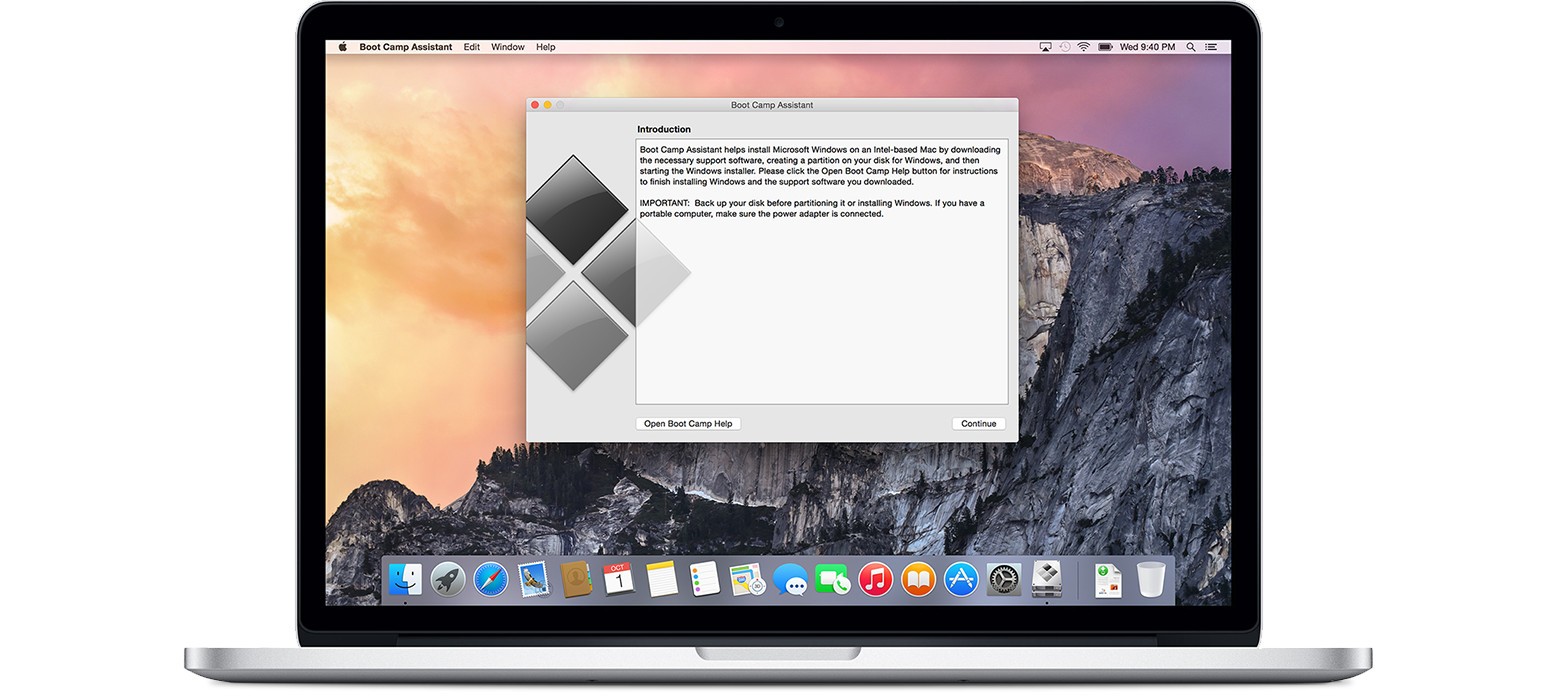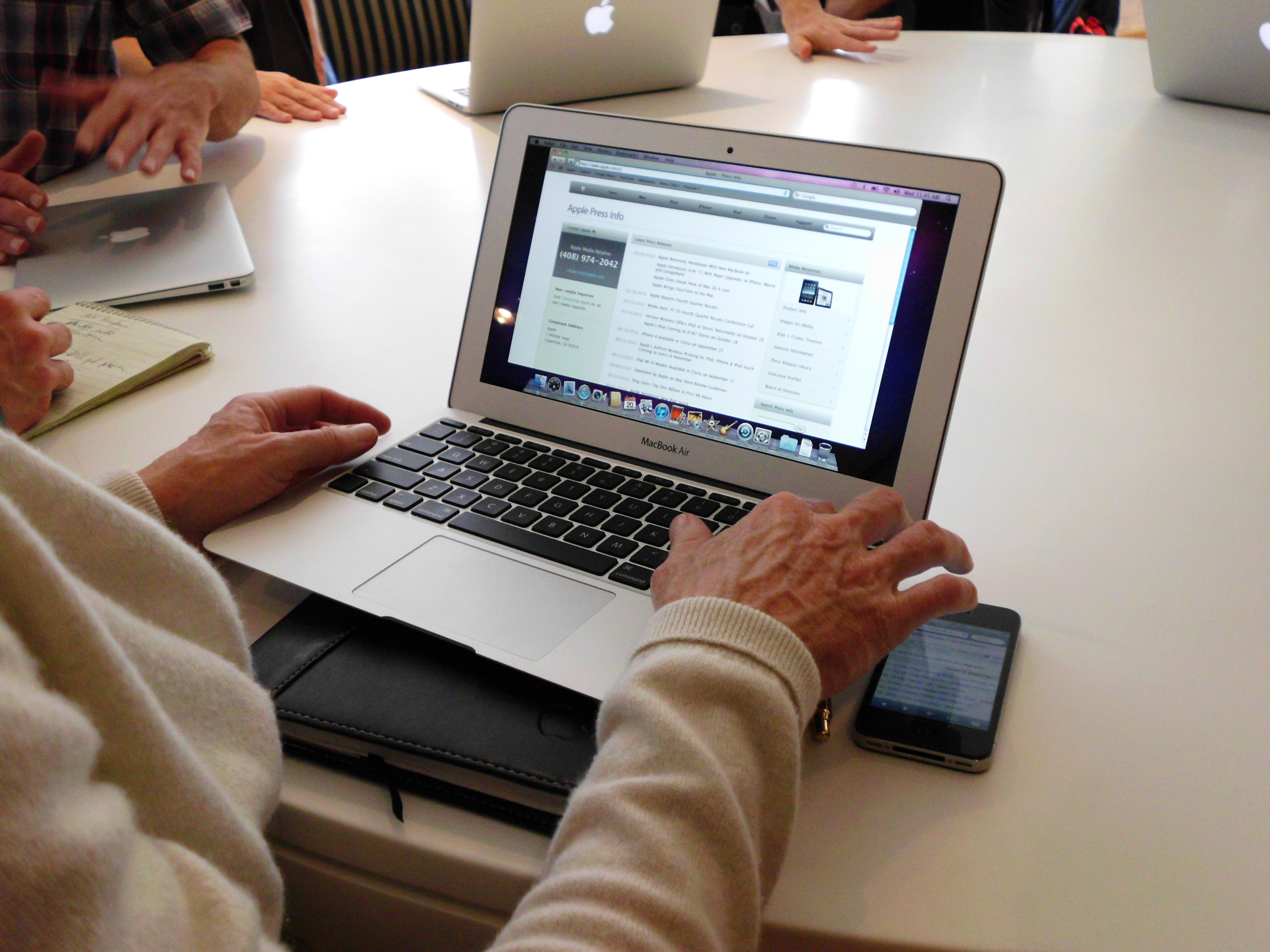
/article-new/2016/05/brickedipad.jpg)
(Or, if you’ve installed the app on previous Macs, rather than a Get button you will see a cloud icon that has an arrow pointing down from its centre, so click that instead).

Music, Weather, News, Social Networking, Education, and so on. Alternatively select Categories for even more app catgories to choose from, e.g.The left-hand column has section headings to make it easier to find apps for certain purposes, for example click on Play to find games, Create for creative apps, Work for business applications, and so on. Now you can peruse the various options on the store.If you don’t already have an Apple ID you will need to create one. You should automatically be logged in with your Apple ID (see the bottom left corner).Click on the icon to open up the Mac App Store.You’ll find the Mac App Store in your Dock (the row of icons at the bottom of the desktop), just look for the blue icon with an A inside that looks like it’s made up of white sticks.This defaults command string was found on stackexchange, though the user who mentioned it still listed the old database dumping trick as a necessary step – in testing, that latter Launchpad database removal command is not necessary to simply reset the Launchpad layout in modern versions of Mac OS from OS X Yosemite 10.10.x +.The easiest way to download and install an app is by using Apple’s own App Store. You can now rearrange the icons and layout of Launchpad as you see fit, or just keep the default layout of Apple apps on the first screen, with third party apps and additions on the later screens.

When you open Launchpad again, the layout will have returned to the default, placing all bundled apps onto the first screen of Launchpad, and third party apps onto the secondary (and third, if applicable) screens. Hit return and wait for the Dock to relaunch and Launchpad to reset.Open the Terminal application and enter the following defaults write command string:ĭefaults write ResetLaunchPad -bool true killall Dock.How to Reset Launchpad Layout in MacOS Catalina, Mojave, Sierra, El Capitan, etc In prior versions of MacOS X, users were able to refresh Launchpad contents by dumping a handful of database files, but in Mac OS and MacOS X 10.10.x onward, you’ll need to use a defaults command string to reset Launchpad contents and layout instead. Resetting Launchpad layout can also be helpful if you want to rearrange the way Launchpad icons show up, but it can also be helpful to resolve some display bugs with Launchpad, particularly if an icon doesn’t show up or is displaying incorrectly. If you’ve customized the way these app icons and arranged in Launchpad, you may decide you’d like to start from scratch and reset their order to how things appear when you first get a Mac.


 0 kommentar(er)
0 kommentar(er)
